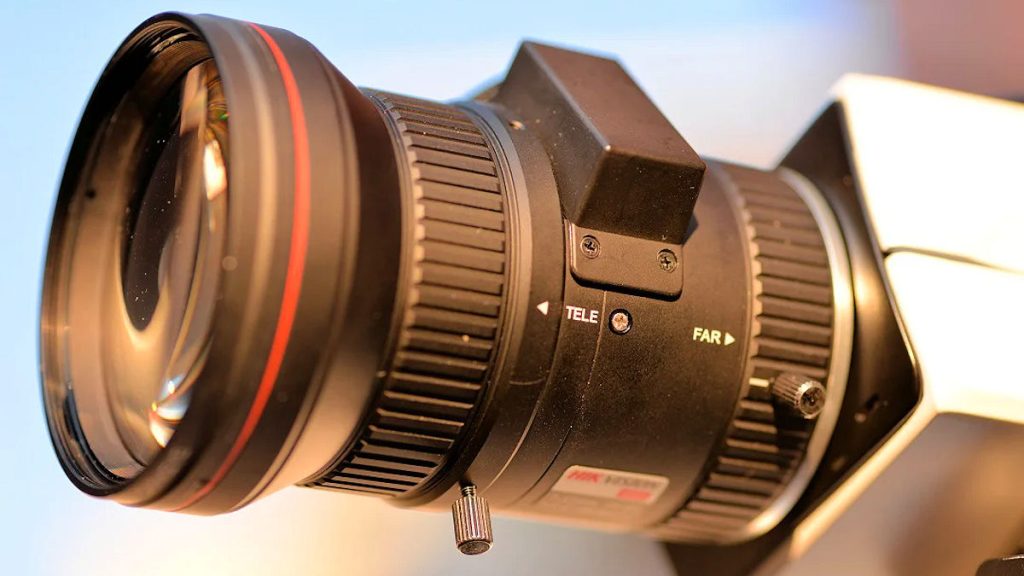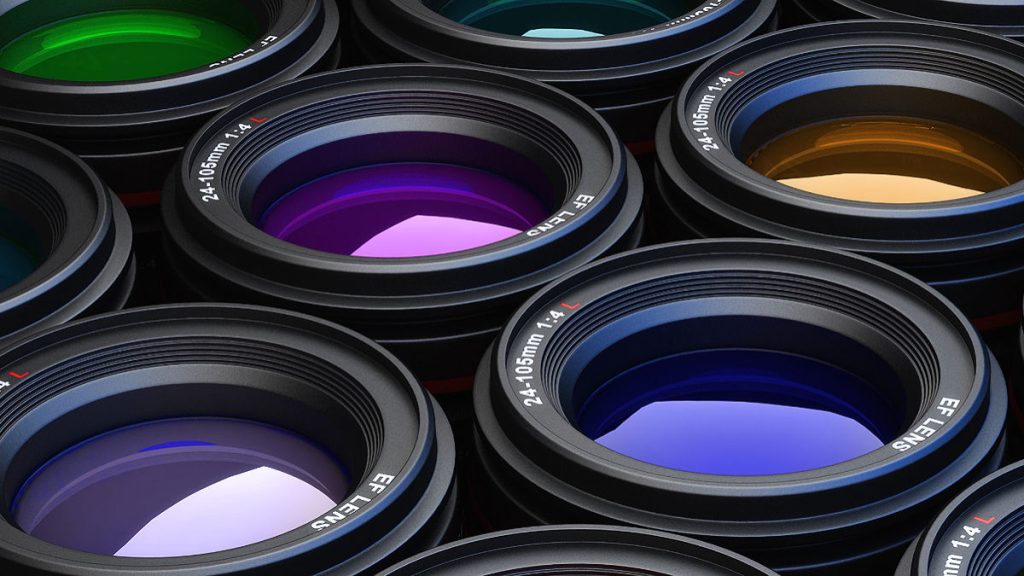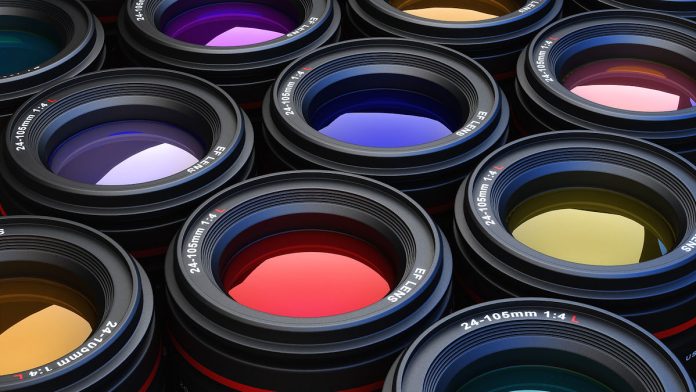CCTV Lens Coatings Camera Performance.
CCTV Lens Coatings – How important are lens coatings when it comes to lens performance? Why do some lenses seem to have so much more trouble with ghosting and flare than others? Do coatings impact on other aspects of camera performance, like colour rendition and contrast?
A: Taken as a whole, the development of lens coatings has made the development of complex lens designs possible. Quality coatings are vitally important – they have a multifarious impact on image quality – not just in terms of controlling internal reflections but overall colour rendition, too. Some low-cost coatings are low contrast while others tend to be very high contrast.
Coatings are a vital part of any lens design. When it comes to lenses, it’s important to bear in mind that each time light passes through a lens surface it loses 4 per cent of light to surface reflection – that’s an 8 per cent loss per element. More complex varifocal lenses will lose more light than fixed lenses, as they can have many more elements.
The idea of coatings is to ensure more light passes through a lens element. As well as reducing attenuation of light by surface reflection, coatings that resist reflection also resist image duplication and the transmission of light onto a camera image. A ghost occurs when light reflected from the rear surface of a lens then reflects from the front surface – this creates a displaced second image. Meanwhile, flares occur when light from the back of the lens barrel reflects from the lens’ surface onto the image.
CCTV Lens Coatings Camera Performance
Coatings increase light transmission because light is reflected first by the coating surface, then by the lens surface and they do so using light wave interference phenomena to eliminate reflections. The way this works is that light reflected by the coating surface and that reflected by the lens surface have a phase difference 2x the coating thickness. If coating thickness is one quarter the wavelength of light, reflections from the coating and the lens surface simply cancel each other out.
Lenses that show a lot of flare and ghosting may have only one coated element, or their coatings may be too thick or too thin. Further, it’s worth noting that very fast lenses and very wide lenses are notoriously prone to flare. CCTV lenses tend to be extremely wide and insanely fast, so that’s something to consider, too.
Magnesium fluoride (MgF2) or silicon dioxide (SiO) are the least expensive low index lens coatings – MgF2 reflects red light in the centre of the spectrum – around 550nm – and is very common in CCTV lenses. However, light is made up of many different wavelengths, and one coating can’t eliminate all reflections.

More expensive lenses may have more coatings on more elements – they might add a high index coating like zinc sulphide, or titanium dioxide. As well as reducing reflections and increasing transmission, lens coatings can also filter light and can impact on colour rendition, acuity and contrast.
The application of coatings is apparent by the wavelengths of light they reflect – usually green or red with Magnesium Fluoride coatings – targeting the centre of the visible spectrum. Sometimes it’s hard to tell which coating you’re looking at.
For instance, it’s probably Hikvision’s Darkfighter Darkeye SLA F0.95 lens is multi-coated against wavelengths in addition to 550nm. In such cases, the front element tends to gray or black but with Darkeye the element looks clear in some light and almost photochromatic at other times.
Older camera lens coatings aren’t as effective as newer coatings and may introduce colour variations as they age, but it’s unlikely you’ll notice too much difference with the CCTV camera lenses you’re using.
You can find out more about lens coatings here or read more SEN news here.
“CCTV Lens Coatings Camera Performance.”












